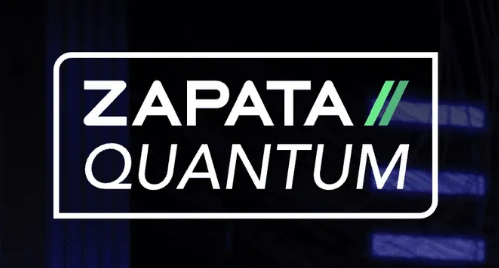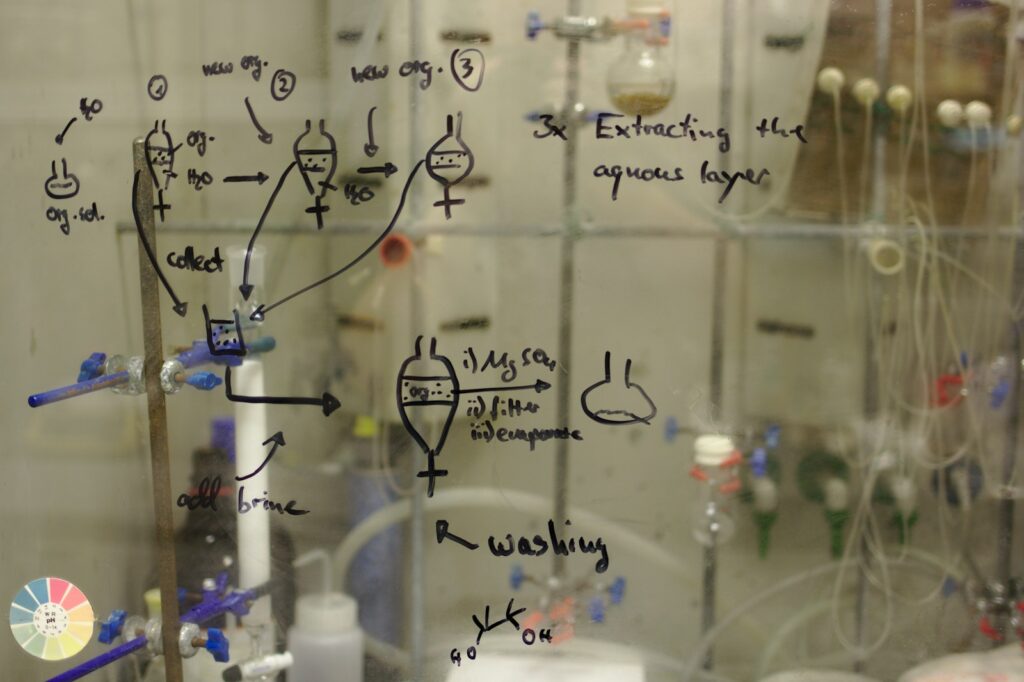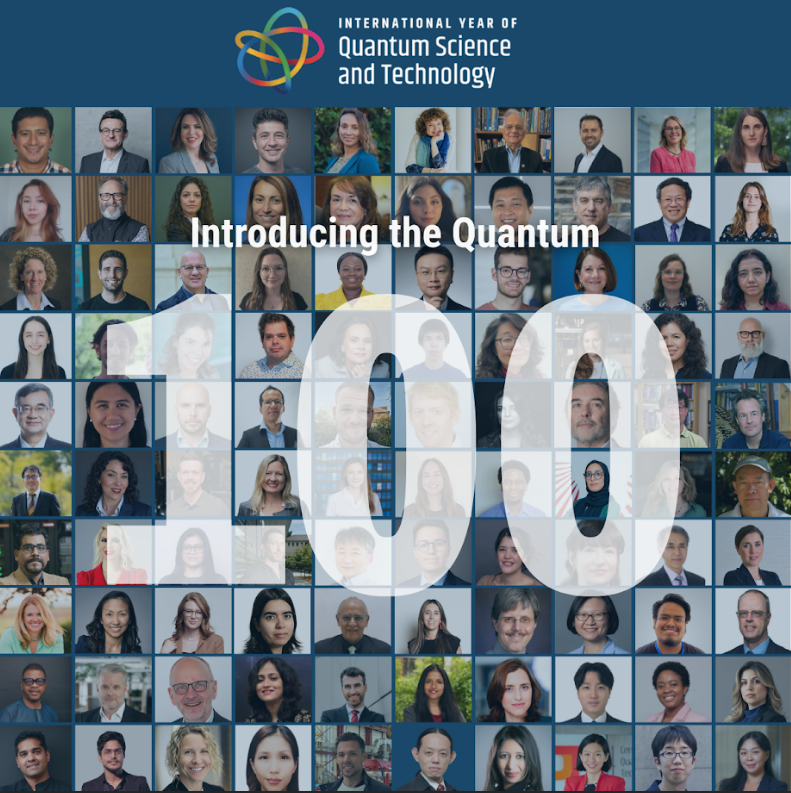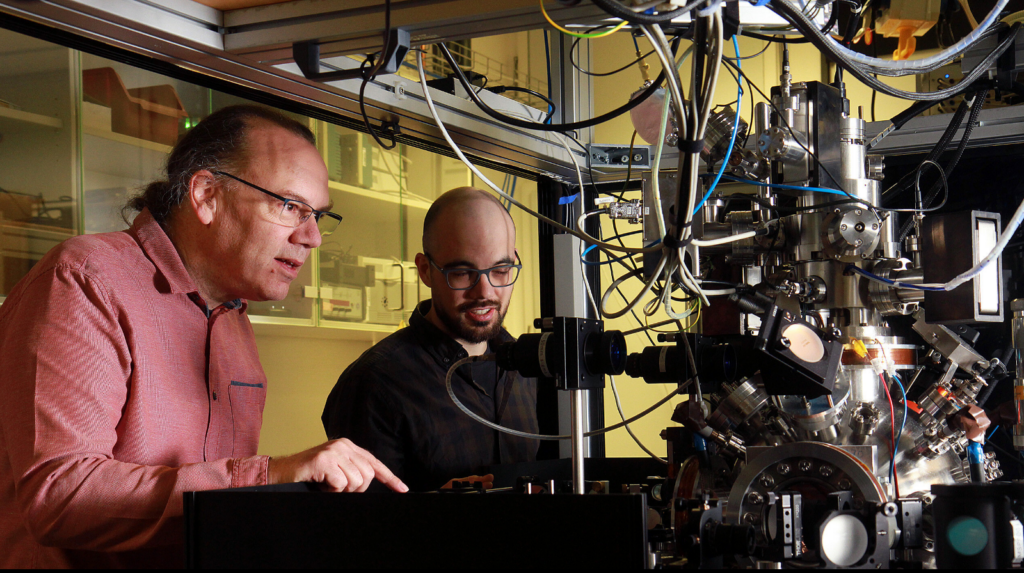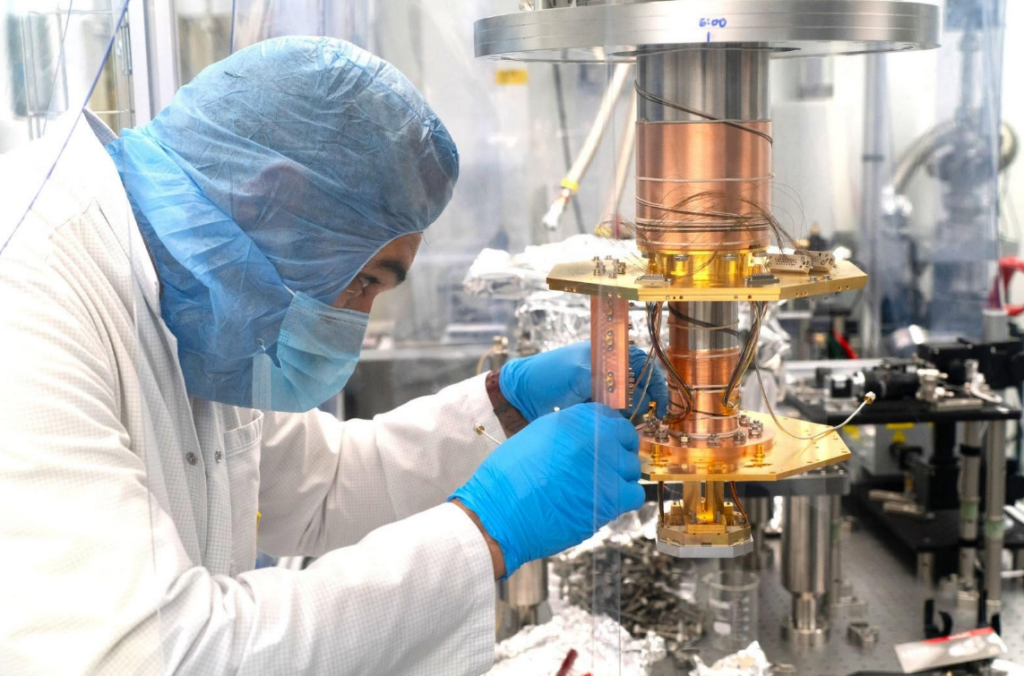Insider Brief
- A New America report finds quantum computing is reshaping military deception by enabling both the exposure and concealment of sensitive operations.
- The study warns that quantum decryption could compromise encrypted communications used in modern battlefield misdirection, while quantum-secure encryption could enhance future deception efforts.
- Analysts highlight that the convergence of quantum computing and AI introduces new vulnerabilities, making machines both powerful deception tools and potential targets of manipulation.
With its potential to both crack secret plans and conceal them more effectively than ever before, quantum computing as a disruptive force that is reshaping thinking around military deception, according to a recent report from New America.
The study, authored by retired Australian Army officer Mick Ryan and defense strategist P.W. Singer, draws on lessons from the war in Ukraine to explore how emerging technologies — especially quantum computing and artificial intelligenc — are changing how militaries mislead each other, reports National Defense Magazine. The report warns that advances in quantum technology could upend encryption systems that underpin secrecy in modern warfare, exposing operational plans, fake maneuvers, and feints once assumed secure.
While the reports focuses on the Ukraine conflict, the repercussions could soon spread globally.

“It’s both important to look at that operation in the context of Ukraine but also how it might be replicated, copied, inspire other actions beyond Ukraine,” Singer said, as reported by National Defense Magazine.
According to the analysts, deception has always been a part of warfare. What’s changing is the technical landscape in which deception unfolds. The analysts report that Ukraine conflict has shown that even in an era of pervasive satellite imagery, drone surveillance, and near-real-time intelligence, successful misdirection is not only possible — it’s accelerating. One Ukrainian operation, planned over 18 months, used drones to destroy more than an estimated 40 Russian aircraft, catching Moscow’s forces off guard despite their advanced sensor networks.
But future deception campaigns may not rely on camouflage or decoys alone. Instead, they could exploit vulnerabilities in next-generation technologies, including quantum.
Quantum’s Dual Role: Threat and Shield
Quantum computing poses a unique dual threat, the analysts report. On the offensive side, the technology could allow adversaries to break through today’s encryption systems, exposing sensitive military information such as troop locations, false battle plans, and fake signals designed to throw off the enemy. Because many deception strategies rely on secrecy and misdirection through secured communication channels, quantum decryption could unravel them entirely.
On the defensive side, however, quantum technologies offer new tools to safeguard information. Military forces could use quantum-secure encryption to protect plans, communicate decoys without interception, and ensure feints remain undetected. The report calls this potential a “race to apply quantum both to break and to conceal,” suggesting that dominance in quantum cybersecurity could decide who can deceive and who gets deceived.
A key point in the report is that quantum tools, like many advanced technologies, are not confined to state labs. The barriers to entry are relatively low and private-sector progress in quantum computing continues at a fast clip. As companies around the world race to commercialize quantum processors and secure communications, military applications are emerging as a parallel, if more secretive, frontier, the analysts suggest.
This widespread availability introduces strategic complications. While the U.S. and its allies explore how to use quantum tech within established protocols, authoritarian states such as Russia and China may move more quickly, integrating deception-driven quantum use into doctrine without the same regulatory or ethical constraints. The report suggests this could deepen the “deception gap” between open and closed systems of warfare.
AI and Quantum: A Volatile Mix
The report also highlights the growing interaction between quantum computing and artificial intelligence. AI is already being used to process data from multiple sensors—ranging from human observations to satellite feeds—and to support decision-making in real time. But this reliance introduces vulnerabilities. AI systems can be manipulated by feeding them misleading information or corrupted inputs. Quantum computing could accelerate such tactics, enabling adversaries to decrypt sensor logs, reroute data, or inject targeted false signals.
In a future battlefield shaped by AI and quantum processing, the study notes, the challenge won’t just be detecting deception — it will be determining whether the machine doing the detecting has itself been fooled.
Strategic Implications
The study urges Western militaries to update doctrine, training, and acquisition strategies to reflect a more technologically fluid battlespace. That includes adopting quantum-secure communication tools, training analysts to understand quantum vulnerabilities, and integrating quantum-aware deception into simulation and wargaming exercises.
Quantum computing’s potential to break today’s encryption could force a major rethinking of how militaries plan, protect, and deploy deception strategies. At the same time, the technology may offer one of the best shields against being deceived—if applied ahead of adversaries.
In short, the next wave of battlefield deception won’t just be about what soldiers see or what commanders hear. It will be about what machines compute, and whether the adversary can compute faster—or more deceptively.
“The fog of war has not gone away, and, in fact, technology offers new means to create a digital version of the fog of war,” Singer said, as reported by National Defense Magazine. “We should not deceive ourselves into thinking that we are ready for the deception campaigns of the future.”













